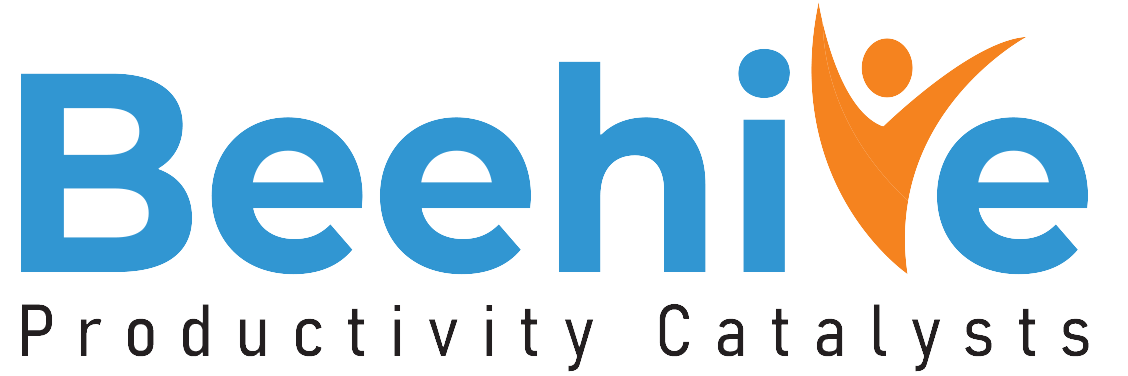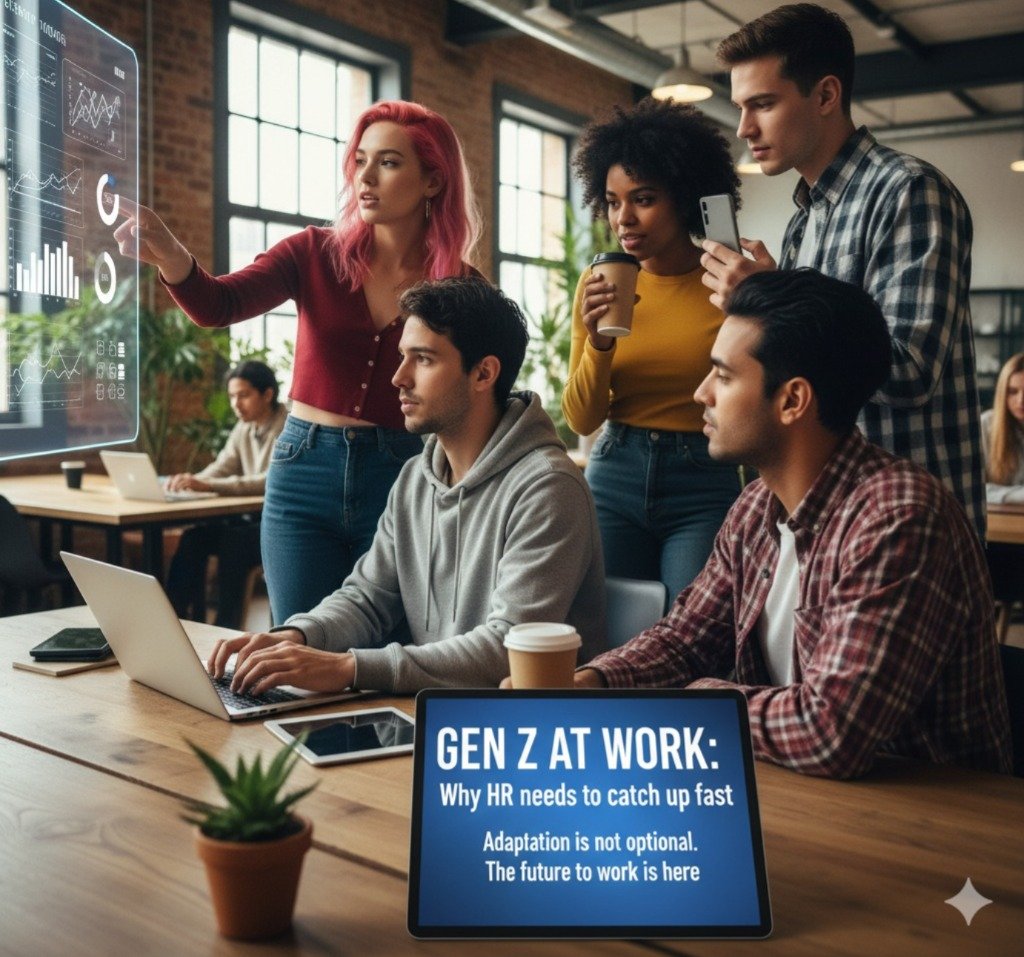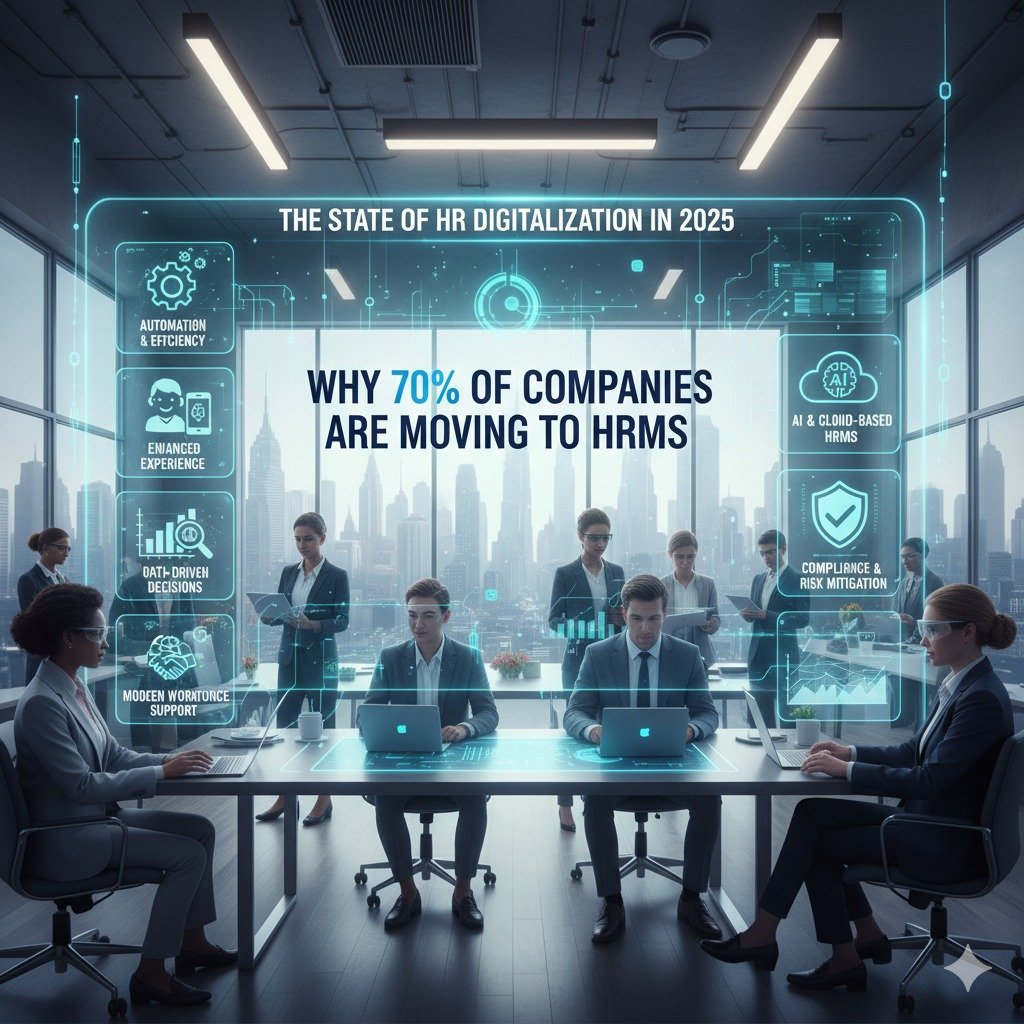Employee engagement is a fundamental concept in the effort to understand and describe, both qualitatively and quantitatively, the nature of the relationship between an organization and its employees.
An “engaged employee” is defined as one who is fully absorbed by and enthusiastic about their work and so takes positive action to further the organization’s reputation and interests.
An engaged employee has a positive attitude towards the organization and its values.
In contrast, a disengaged employee may range from someone doing the bare minimum at work (aka ‘coasting’), up to an employee who is actively damaging the company’s work output and reputation.
An organization with “high” employee engagement might therefore be expected to outperform those with “low” employee engagement.
Employee engagement first appeared as a concept in management theory in the 1990s, becoming widespread in management practice in the 2000s, but it remains contested. It stands in an unspecified relationship to earlier constructs such as morale and job satisfaction. Despite academic critiques, employee engagement practices are well established in the management of human resources and of internal communications.
Employee engagement ( https://en.wikipedia.org/wiki/Employee_engagement )today has become synonymous with terms like ’employee experience’ and ’employee satisfaction’.
Today because of chatbots, data is generated and when stored various HR Machine Learning scores eg. Attrition score, Talent Score would get calculated and performance ,salary fixations would be affected .
The chatbots would be a part of a employees complete workplace lifecycle right from interview, appraisal to exit of the employee.
Here in the initial stages conventional Machine Learning algorithms would be used .
Later on both the deep learning models (ie Recurrent Neural Network-rnn and Convolutional neural network -cnn) would be used where the accuracy would increase from 60 / 65% to 85%/90% .
Thanks
Raj Dhyani
https://beehivesoftware.in/






